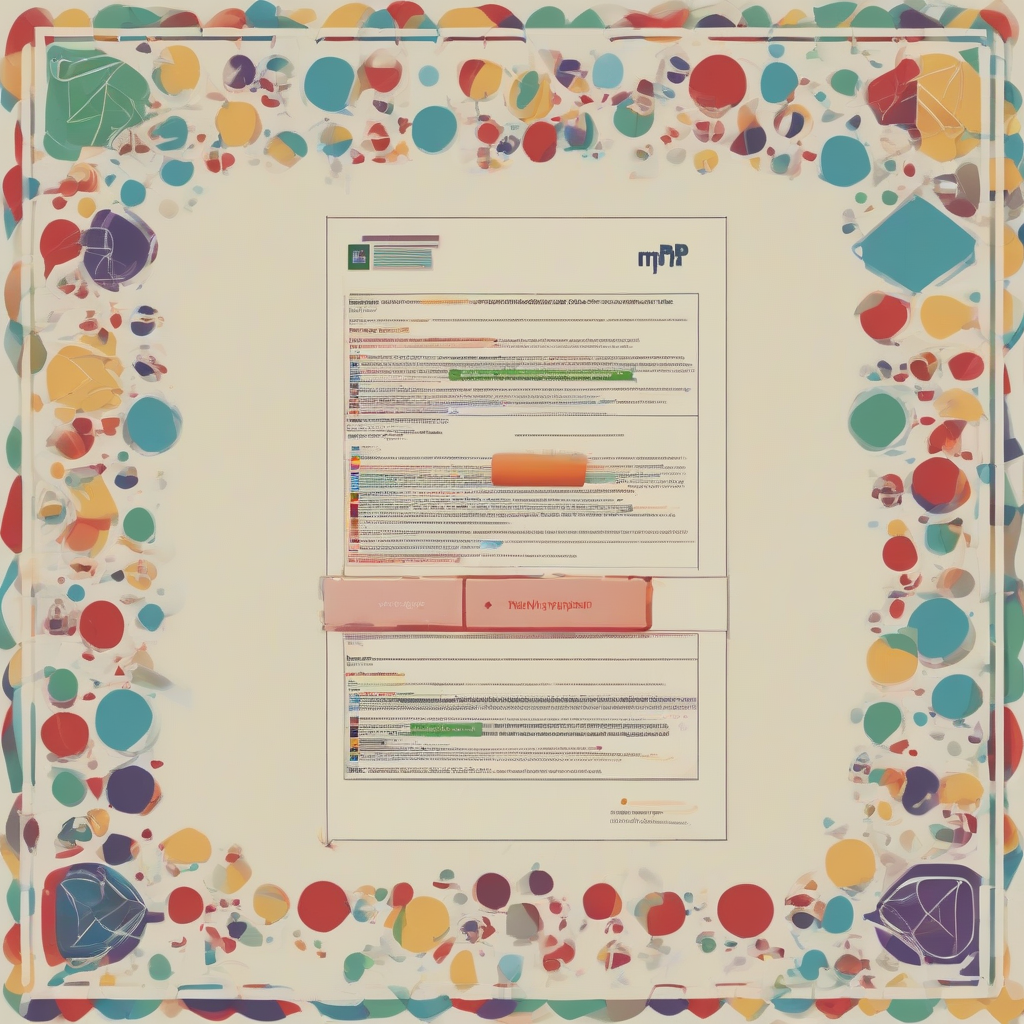ERP vs. MRP Systems: A Comprehensive Comparison for Business Growth
Enterprise Resource Planning (ERP) and Material Requirements Planning (MRP) systems are both crucial software solutions for managing various aspects of a business. However, they differ significantly in scope and functionality. Understanding these differences is essential for businesses to choose the system that best fits their specific needs and contributes to their growth.
What is an ERP System?
An Enterprise Resource Planning (ERP) system is a centralized software solution that integrates various business functions into a single system. It aims to streamline operations across different departments, including finance, human resources, manufacturing, supply chain, and customer relationship management (CRM).
- Integrated Modules: ERP systems consist of numerous integrated modules, allowing data to flow seamlessly between departments.
- Centralized Database: A single, centralized database provides a unified view of business data, eliminating data silos and improving data accuracy.
- Real-time Data: ERP systems provide real-time access to data, enabling better decision-making and improved operational efficiency.
- Improved Collaboration: Enhanced collaboration between departments through shared data and improved communication channels.
- Automation of Processes: Automation of repetitive tasks, freeing up employees to focus on strategic initiatives.
- Scalability and Flexibility: ERP systems can be scaled to accommodate the growth of a business and adapted to changing business needs.
- Improved Reporting and Analytics: Comprehensive reporting and analytics capabilities provide insights into business performance.
What is an MRP System?
Material Requirements Planning (MRP) is a software system focused specifically on production planning and inventory control. It helps businesses optimize the procurement, production, and delivery of materials and products.
- Bill of Materials (BOM): MRP systems utilize a Bill of Materials (BOM) to determine the raw materials and components needed for production.
- Inventory Management: MRP systems track inventory levels, identifying shortages and surpluses.
- Production Scheduling: MRP systems create production schedules based on demand forecasts and available resources.
- Purchase Order Generation: MRP systems generate purchase orders for the required materials.
- Capacity Planning: MRP systems assess the capacity of production resources to ensure sufficient capacity for meeting demand.
- Demand Forecasting: MRP systems utilize demand forecasting techniques to anticipate future demand.
Key Differences between ERP and MRP Systems
While both systems aim to improve efficiency, their scope and functionality differ significantly:
| Feature | ERP System | MRP System |
|---|---|---|
| Scope | Broad, encompassing all business functions | Narrow, focused on production planning and inventory control |
| Functionality | Finance, HR, manufacturing, supply chain, CRM, etc. | Bill of Materials, inventory management, production scheduling, purchase order generation |
| Integration | Highly integrated, with seamless data flow between modules | Often integrated with other systems, but less comprehensive |
| Data Management | Centralized database with real-time data access | May use separate databases or rely on data from other systems |
| Cost | Generally more expensive due to broader functionality | Relatively less expensive than a full ERP system |
| Complexity | More complex to implement and maintain | Less complex to implement and maintain |
| Suitability | Suitable for large and complex organizations | Suitable for smaller organizations or those with specific production needs |
When to Choose an ERP System
An ERP system is the ideal choice for businesses that require a comprehensive, integrated solution to manage all aspects of their operations. Consider an ERP system if:
- Your business is experiencing rapid growth and requires a scalable solution.
- You need to integrate data across multiple departments and improve collaboration.
- You want to automate repetitive tasks and improve operational efficiency.
- You require real-time access to data for better decision-making.
- You need a comprehensive reporting and analytics solution to track key performance indicators (KPIs).
- You operate in a complex environment with multiple locations or subsidiaries.
When to Choose an MRP System
An MRP system is a suitable choice for businesses that primarily need to optimize their production planning and inventory control processes. Consider an MRP system if:
- Your primary focus is on manufacturing and production.
- You need to improve inventory management and reduce waste.
- You want to optimize production scheduling and meet customer demand efficiently.
- You need a system to manage your Bill of Materials (BOM) and track components.
- You have limited resources and budget and need a more cost-effective solution.
MRP II and its Relation to ERP
MRP II (Manufacturing Resource Planning) is an evolution of MRP. It expands on the basic functionality of MRP by incorporating additional elements such as capacity planning, shop floor control, and financial planning. MRP II provides a more comprehensive approach to production management than basic MRP, bridging the gap between MRP and full-fledged ERP systems. Many of the capabilities of MRP II are now integrated into modern ERP systems.
Integration of MRP and ERP
It is possible and often beneficial to integrate an MRP system with an ERP system. The MRP module can function as a key component within the broader ERP framework. This allows for a streamlined approach where production planning data seamlessly integrates with other business functions, such as finance, sales, and purchasing. This integrated approach leverages the strengths of both systems while mitigating their individual limitations.
Choosing the Right System: A Strategic Decision
Selecting between an ERP and an MRP system requires careful consideration of your business needs, resources, and long-term goals. Factors such as company size, industry, complexity of operations, and budget should all be taken into account. It’s often beneficial to consult with industry experts to determine the best fit for your organization.
A thorough assessment of your current processes, future growth plans, and technological infrastructure will inform your decision and ensure the chosen system supports your business’s continued success and expansion.
